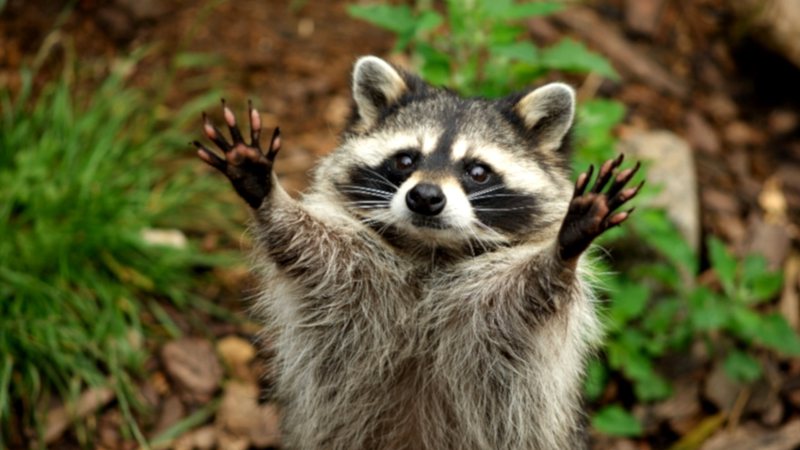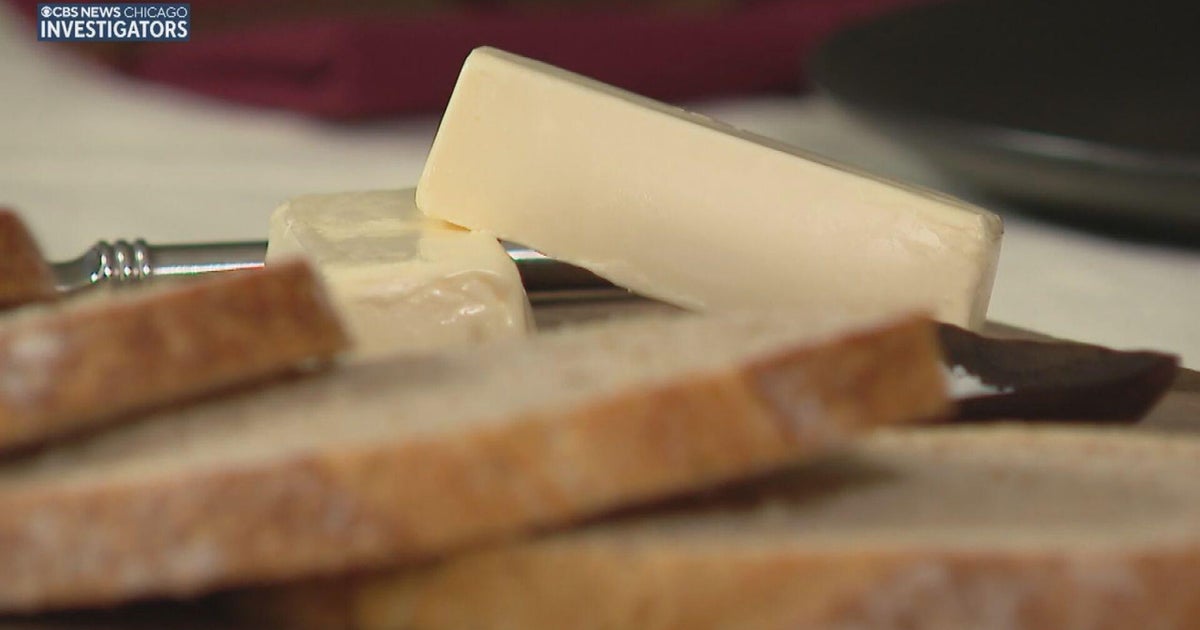cross-posted from: https://lemmy.world/post/34272214
A California-based biotechnology startup has officially launched the world’s first commercially available butter made entirely from carbon dioxide, hydrogen, and oxygen, eliminating the need for traditional agriculture or animal farming. Savor, backed by Microsoft co-founder Bill Gates through his Breakthrough Energy Ventures fund, announced the commercial release of its animal- and plant-free butter after three years of development.
The revolutionary product uses a proprietary thermochemical process that transforms carbon dioxide captured from the air, hydrogen from water, and methane into fat molecules chemically identical to those found in dairy butter. According to the company, the process creates fatty acids by heating these gases under controlled temperature and pressure conditions, then combining them with glycerol to form triglycerides.



How much carbon is emitted to run the factory to make it though? Are we talking a net negative here?
“Savor says they take carbon dioxide from the air and hydrogen from water”
I’m no expert but direct air capture of Co2 and water electrolysis both use a lot of power. So using them for this purpose is likely just a marketing gimmick that doesn’t make any sense either economically or for the climate.
Perhaps. But if we really go hard on green energy, we’ll likely have a lot of excess energy in the daytime, so it makes sense to look into alternatives to land and water intensive products (like dairy and beef) that are heavy on electricity. If it’s a more efficient use of land to have solar panels instead of cows eating grass (and solar panels work just as well on farmland as they do in the desert, unlike grass), then it makes a ton of sense even if it spikes electricity consumption.
Butter is rather low volume, so maybe it’s doable. But it’s very hard to compete with self-replicating organisms that have evolved specifically to use the energy sources, materials and conditions that are abundant on this planet. I’d be more more interested if someone had made a plant make butter.
Having a bunch of machinery sit idle waiting for power to be cheap isn’t particularly good use of resources either. We’d be better off trying to store the power.
You mean how much butter is emitted
Some, as prepping the carbon and hydrogen will take energy. But it wouldn’t be hard to be way better than the emissions associated with dairy farming for butter. Cost could still be higher, though depending on how much material is needed for the process.
I wonder where they source the methane from. Because I pictured a comicbook flip book of a balloon blowing up behind a cow
Methane is just the primary compound in natural gas.
Methane is easy to produce. Basically, anything that rots produces methane.
They didn’t go into details, and I never took chemistry, but they may not even need methane. From my very basic understanding of chemical chains, triglycerides are made from carbon, hydrogen, and oxygen, and methane is hydrogen and carbon. So you could theoretically convert methane to triglycerides by combining w/ oxygen, but you could also do the same by extracting carbon and oxygen from CO2 and oxygen and hydrogen from water.
Fertilizers are typically generated from natural gas (methane), but green ammonia exists and is produced from air and water and can replace the fossil fuels in fertilizer production. The same could absolutely make sense here.